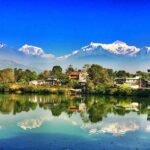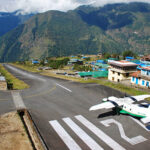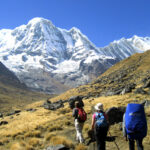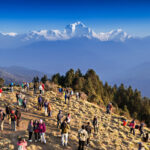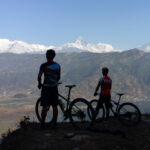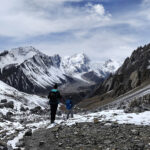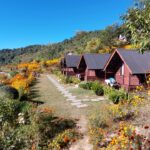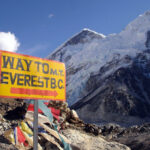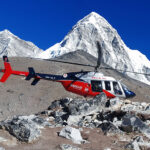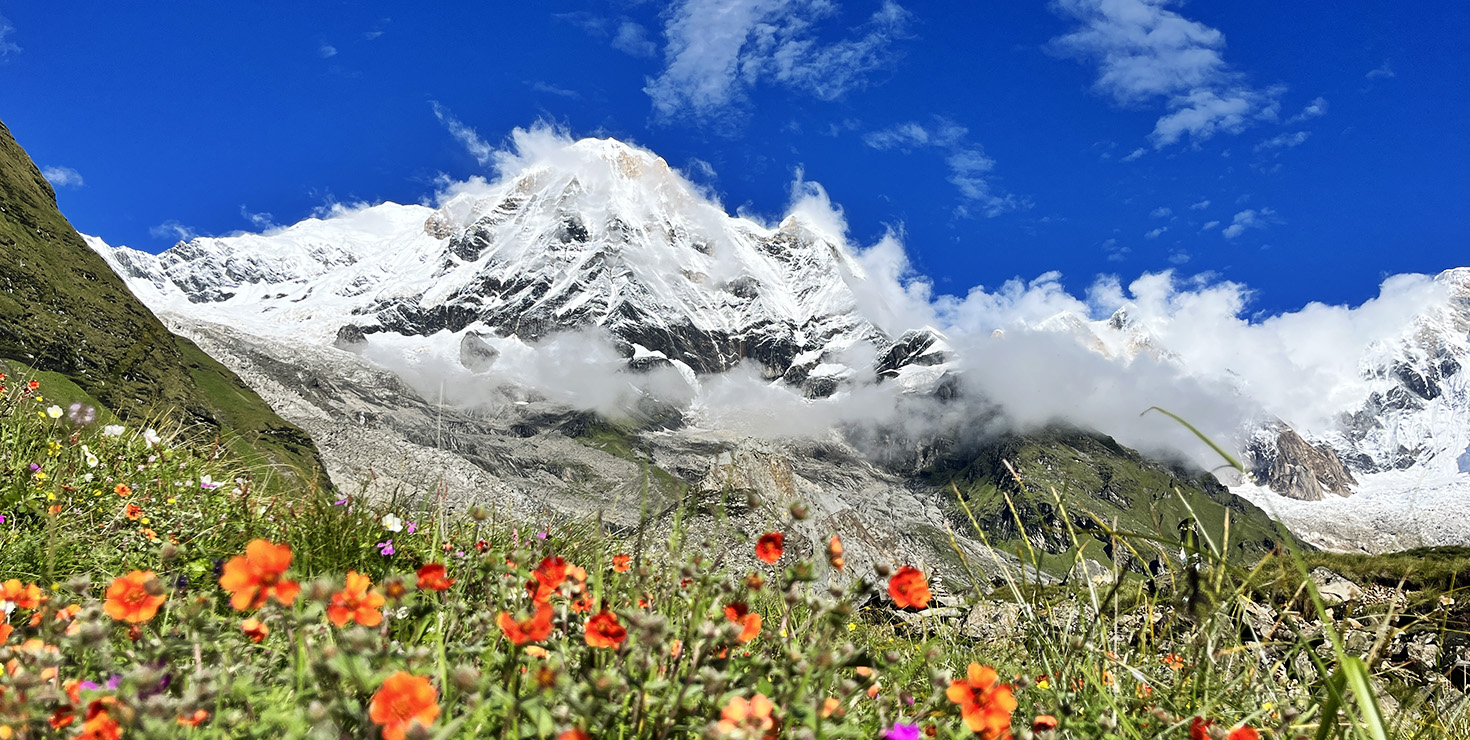
Everything You Need to Know About the Annapurna Mountain Range
The Annapurna Mountain Range is one of Nepal’s most iconic and awe-inspiring mountain ranges — and for good reason. Packed into a dramatic 55-kilometer stretch, this compact Himalayan giant features one peak over 8,000 meters, thirteen over 7,000 meters, and sixteen over 6,000 meters. It’s a must-see for trekkers, mountaineers, and adventure seekers.
In this guide, you’ll find everything you need to know about the Annapurna Massif: its top treks, climate, history, and practical travel tips. Whether you’re planning your first trek in Nepal or adding Annapurna to your Himalayan bucket list, this article will help you prepare.
What Is the Annapurna Mountain Range?
The Annapurna Mountain Range is located in the central-northern region of Nepal, within the Annapurna Conservation Area. It’s surrounded by some of the most dramatic geography in the world:
-
North & East: Marshyangdi River
-
West: Kali Gandaki Gorge (the world’s deepest)
-
South: Pokhara Valley
At the heart of the massif stands Annapurna I (8,091 m) — the 10th highest mountain in the world and the first 8,000-meter peak ever climbed. The area’s rugged beauty, combined with its accessibility and trail variety, makes it one of the best trekking destinations in the world.
Popular Treks Around the Annapurna Mountain Range
1. Annapurna Circuit Trek
-
Duration: 14–21 days
-
Distance: 160–230 km (99–143 miles)
-
Highest Point: Thorong La Pass (5,416 m)
This iconic Annapurna Circuit Trek circles the entire massif, taking you through lush valleys, arid highlands, Tibetan-style villages, and across the treacherous but stunning Thorong La Pass. Be aware: the high altitude and ever-changing weather demand proper acclimatization and preparation. Despite the risks, it’s regarded as one of the world’s greatest trekking experiences.
2. Poon Hill Trek
-
Duration: 3–5 days
-
Max Altitude: 3,210 m
-
Best For: Beginners or those short on time
The Poon Hill Trek is perfect for a short yet rewarding Himalayan adventure. It offers breathtaking sunrise views of Annapurna I and Dhaulagiri, both over 8,000 meters. With comfortable tea houses and a lower risk of altitude sickness, this is one of the most accessible treks in the region.
3. Annapurna Sanctuary Trek
-
Duration: Around 9 days
-
Highlights: Annapurna Base Camp, Machapuchare, Hot springs at Jhinudanda
This moderate-length Poon Hill Trek takes you deep into the heart of the Annapurna Sanctuary, a natural amphitheater surrounded by soaring peaks. It’s a great balance between adventure and accessibility — a favorite among those looking for a full Himalayan experience without committing to the full circuit.
Climate and Best Time to Visit
Best Seasons:
-
Spring (March to May)
-
Autumn (October to November)
These seasons offer the most stable weather, clear mountain views, and manageable temperatures. Spring welcomes rhododendron blooms, while autumn offers lush green valleys post-monsoon.
Avoid Trekking During:
-
Winter (December to February): Heavy snowfall can close high passes.
-
Monsoon (June to September): Landslides, slippery trails, and leeches make trekking dangerous.
Pre-book your accommodation during peak seasons or go with a guided group for a hassle-free experience.
History of the Annapurna Mountain Range
-
Name Meaning: “Annapurna” is derived from Sanskrit and means “Goddess of the Harvests” or “The Provider.”
-
Earliest Inhabitants: The region has been inhabited since the 6th century by the Gurung people, who migrated from Tibet.
First Ascent of Annapurna I:
-
Date: June 3, 1950
-
Climbers: Maurice Herzog and Louis Lachenal
-
Significance: First 8,000-meter peak to be successfully climbed.
Despite its fame, Annapurna I is notoriously dangerous, with a summit-to-death ratio of around 33% — higher than Everest or K2. Its high avalanche risk and remote location make it a serious challenge even for experienced climbers.
Interestingly, the summit consists of limestone, indicating it was once at the bottom of a tropical sea. Over time, tectonic activity has lifted it to its present elevation — a fascinating reminder of Earth’s ever-changing geology.
Why Visit the Annapurna Mountain Range?
-
Diverse Landscapes: From subtropical forests to alpine deserts.
-
Cultural Richness: Home to Tibetan Buddhist villages and ancient Gurung settlements.
-
Incredible Views: Panoramas of some of the tallest mountains on Earth.
-
Trek Variety: Options for all fitness levels and timeframes.
-
Well-Established Infrastructure: Tea houses, lodges, and reliable guides are readily available.
Final Tips for Visiting
-
Trek with a licensed guide, especially for higher-altitude treks.
-
Pack for all weather — even in spring or autumn, conditions can change fast.
-
Get travel insurance that covers trekking at high altitudes.
-
Respect local customs and nature — the Annapurna region is sacred to many.
Ready to Explore the Annapurna Mountain Range?
Whether you’re drawn by the challenge of Thorong La, the views from Poon Hill, or the serenity of the Annapurna Sanctuary, this region is guaranteed to leave a lifelong impression. Plan your trip carefully, trek responsibly, and experience the magic of the Himalayas firsthand.

